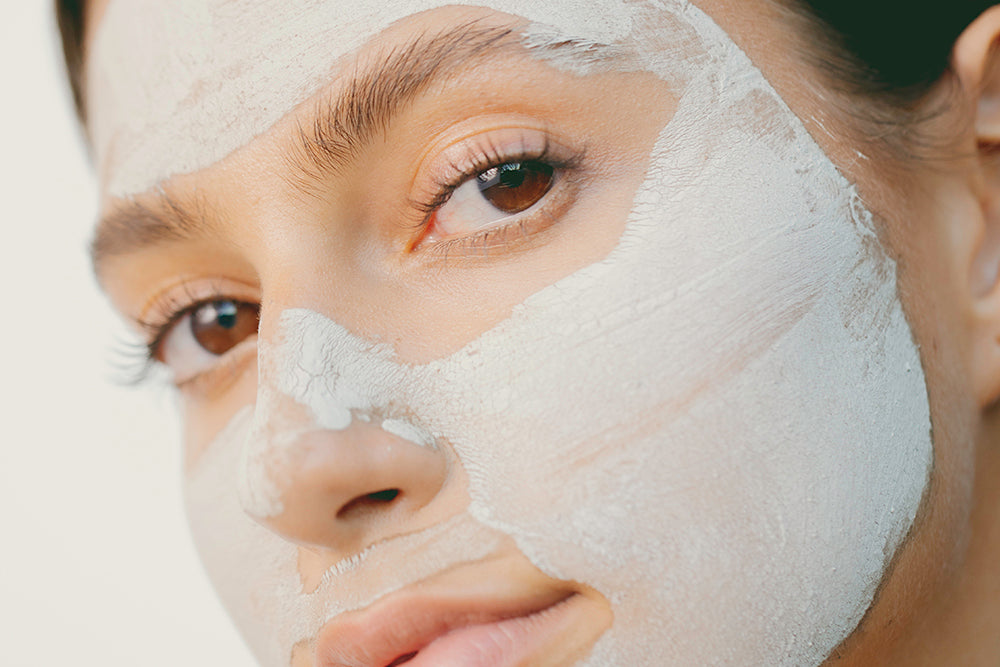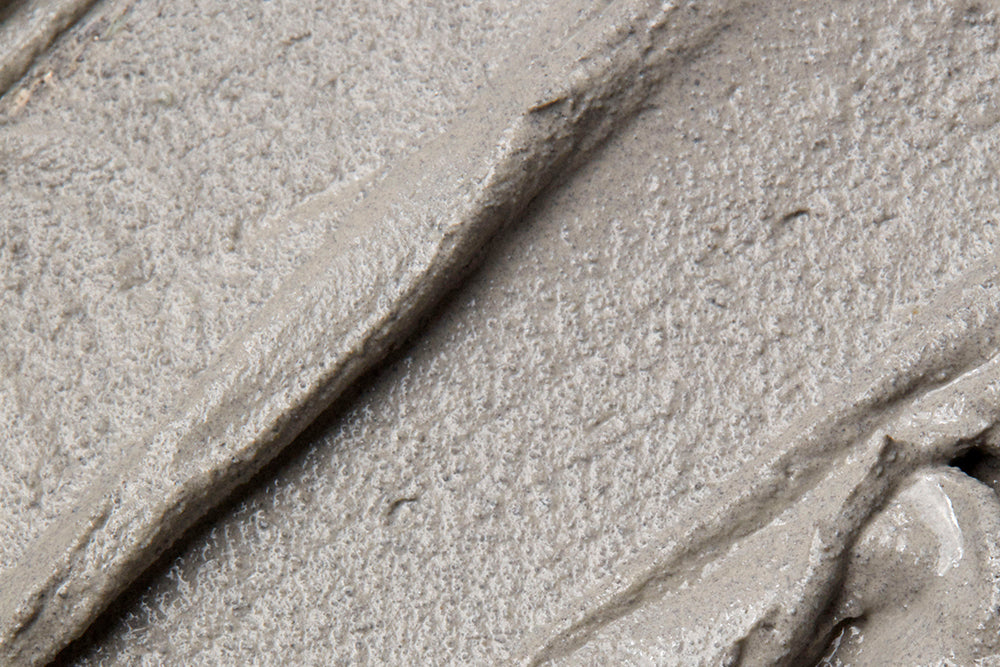
sensitive beauty: how to care for sensitive skin

the bottom line
a little sensitive, beauty? we are, too. sensitive skin has it tough – everything seems to make us red, itchy, or bumpy. but fear not – we’re here to dispel the myths and provide you with some guidance about how to nurture those sensitive layers.
first layer: the science
Sensitive skin is different from normal skin in that it tends to be more reactive to certain stimulants. This means that specific triggers, such as sun, wind, cold, or topical ingredients can lead to redness, stinging, or itching.
As the largest organ in our body, our skin’s job is to protect us. It does this in part via the lipid matrix of the stratum corneum, the outermost layer of the skin. The lipid matrix has two essential functions: it keeps water in to maintain hydration, and it keeps damaging factors (UV rays, heat, chemicals) out. When your skin is sensitive, this outer barrier is weaker, thinner, and tends to be damaged more easily. As a result, potential irritants can penetrate the skin more easily, resulting in inflammation. Products are absorbed more readily as well, leading to sensitivity to ingredients. Finally, moisture now has an easier path of escape through this weakened barrier, which is why sensitive skin is also often dry.
Finally, we’ll just add a few words about the microbiome, that little ecosystem of bacteria on our skin’s surface. It’s not as gross as it sounds – good bacteria on the skin help to guard us against pathogens that can affect both our skin and overall health. When the microbiome becomes imbalanced, with a surplus of harmful bacteria, the skin becomes vulnerable to conditions such as rosacea, acne, psoriasis, and eczema. The key to balancing your skin’s microbiome begins with your diet – include both prebiotics (onions, garlic, soy milk, oats) and probiotics (yogurt).
second layer: layers of sensitive skin
Skin can be generally sensitive, or there can be an underlying condition creating the sensitivity. Knowing which one you have can help when you’re trying to care for your skin. If you have persistent symptoms, such as redness, itching, burning, blisters, scaling, which persist despite your attempts to treat them, you may have an actual skin diagnosis.
Bear with us here as we throw out a few medical terms. Some of these conditions include:
psoriasis (itching, redness, and thick scaly patches typically found on the scalp, elbows, knees, hands, and feet);
eczema (also known as atopic dermatitis, which can cause dry, itchy, and leathery skin);
rosacea (redness, swelling, and visible blood vessels); and,
contact dermatitis (rashes are triggered from contact with irritants or allergens). You may have noticed a lot of people with contact dermatitis, recently – healthcare workers often need to wear very tight masks on their faces for extended periods of time, which can create irritation and increased sensitivity to the mask - creating the dramatic red, swollen lines across their faces.
Aging doesn’t help our sensitive skin, either, as the lipid barrier replaces itself less often. As a result, our skin becomes more sensitive with time.
third layer: the ingredients
The key to caring for sensitive skin is to avoid the triggers - sun, wind, cold, or specific topical ingredients. Avoid hot water, harsh soaps, abrasive scrubs and mechanical exfoliants, which can cause micro-tears in your skin’s barrier. Limit washing your face to once daily, with cool or lukewarm water.
Some things to look for include products specifically formulated for sensitive skin, which generally indicates that they do not contain sulfates, drying alcohols, and synthetic fragrances. Certain essential oils can be irritating to some with sensitive skin, so this is another potential ingredient to avoid. We do like to see ingredients that help to retain moisture in the skin’s layers, such as glycerin and hyaluronic acid. Ingredients that replenish the skin’s lipid barrier, including ceramides and the fatty acid linoleic acid, are also helpful.
fourth layer: the routine
Layers are especially important when caring for sensitive skin. Begin with lukewarm water and a creamy cleanser, such as our oatmeal cleansing milk, to cleanse and calm the skin without stripping it of its natural hydration. When toning, use a toner without alcohol or witch hazel, which can irritate and sting. Our allergy and clinically tested lotus flower & rosewater toner uses rosewater, rather than alcohol, to gently hydrate and tone. Moisturize gently with our jasmine serum which contains hyaluronic acid and has been clinically and allergy tested.
about us:
anokha is sensitive, too. We like to keep it gentle, with skincare designed for each of your delicate layers. Need a beauty régime? Take ours.
All this and more at www.anokhaskincare.com .
Add a layer by joining our newsletter.
xx
anokha
references:
- pcaskin.com
- https://www.self.com/story/sensitive-skin-facts-dermatologists
- https://www.aveeno.com/skin-mind-balance/skin-happy/why-your-skin-microbiome-so-important-your-health
- van Smeden J, Bouwstra J. Stratum Corneum Lipids: Their Role for the Skin Barrier Function in Healthy Subjects and Atopic Dermatitis Patients. Curr Prob Dermatol 2016;49:8-26. doi: 10.1159/000441540.Epub 2016 Feb 4.



leave us a comment
This site is protected by hCaptcha and the hCaptcha Privacy Policy and Terms of Service apply.